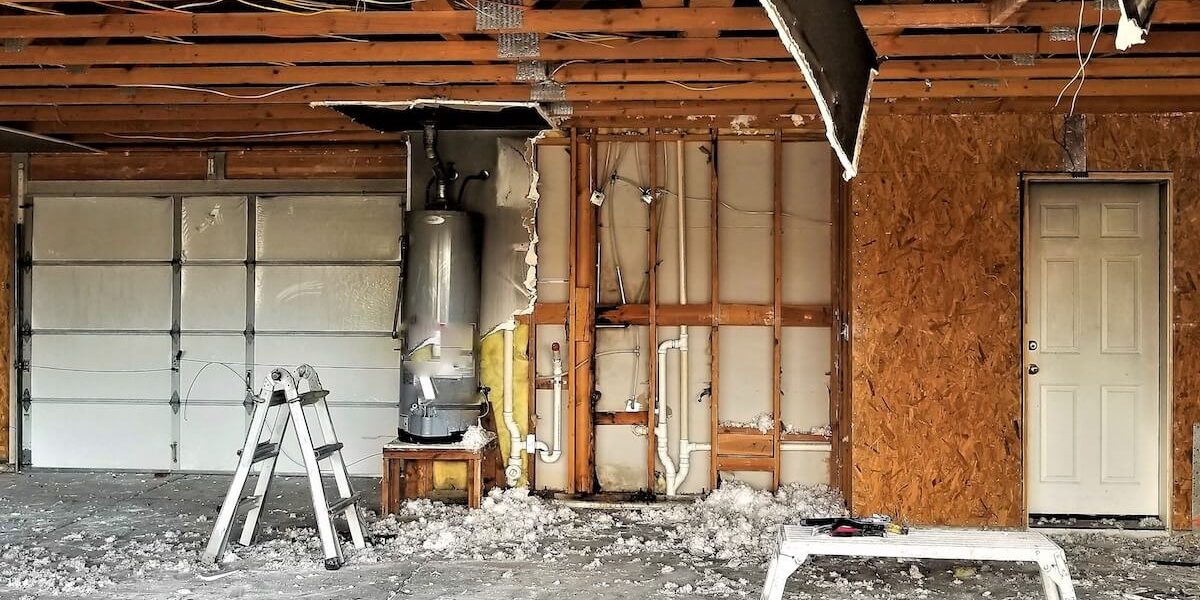A fire can be one of the most devastating events a homeowner or business owner can experience. In a matter of minutes, everything you have worked so hard to build can be destroyed. After the fire has been extinguished and the smoke has cleared, it’s essential to assess the damage to determine what can be salvaged and what needs to be replaced. This is where fire damage assessment comes into play.
Fire damage assessment is the process of evaluating the damage caused by a fire to determine the extent of the damage, the cost of repairs, and what needs to be done to restore the property to its pre-fire condition. This comprehensive guide will cover all the steps involved in fire damage assessment, including the factors that influence the assessment, the tools and techniques used, and the prevention and mitigation measures you should take.
Assessing Fire Damage
Assessing fire damage is a critical part of the fire mitigation process. It is important to thoroughly assess the extent of the damage in order to determine the best approach to restoring the property to its pre-fire condition. In addition, assessing fire damage can provide important insights into the source of the fire and the scope of the repair work that needs to be done.
The first step in assessing fire damage is to survey the property for visible damage. This includes examining the walls, ceilings, and floors for signs of charring or smoke damage. Additionally, furniture, appliances, and other items should be checked for signs of damage due to smoke or heat. It is important to take pictures of the damage to document the extent of the damage for insurance purposes and to help with the restoration process.
The next step in assessing fire damage is to test for the presence of smoke and soot residue. This testing should be done by a professional, as it involves taking air quality readings and analyzing the composition of the smoke residue. The results of this testing can help to determine the severity of the fire and the amount of smoke and soot contamination.
The third step in assessing fire damage is to determine the presence of water damage. This involves inspecting the walls and floors for signs of water damage, such as discoloration, warping, and mold. Additionally, any areas where water was used to extinguish the fire should be inspected for evidence of water damage.
Finally, the fourth step in assessing fire damage is to assess the structural integrity of the property. This includes examining the walls, floors, and ceilings for any signs of structural damage. Additionally, any evidence of firefighting, such as fire retardant foam, should be taken into account.
Once all of the necessary steps have been taken to assess fire damage, the restoration process can begin. The information gathered during the assessment will help to determine the best approach to restoring the property to its pre-fire condition. Additionally, assessing fire damage can help to ensure the safety of the occupants of the property, as well as the safety of the firefighters and other responders.
Prevention and Mitigation Measures
Preventing and mitigating fire damage should be a top priority for any homeowner or business owner. Some of the most important fire safety measures include installing smoke detectors, having a fire extinguisher readily available, and creating and practicing a fire escape plan.
If your property has been damaged by a fire, it’s essential to begin the fire damage restoration and repair process as soon as possible. This will help to prevent further damage, such as mold growth, and ensure that your property is restored to its pre-fire condition as quickly as possible.
In conclusion, fire damage assessment is a critical step in the process of restoring your property after a fire. By following this comprehensive guide or contacting someone at 365 Restoration, you can be confident that you are taking the right steps to get your property back to its pre-fire condition.


